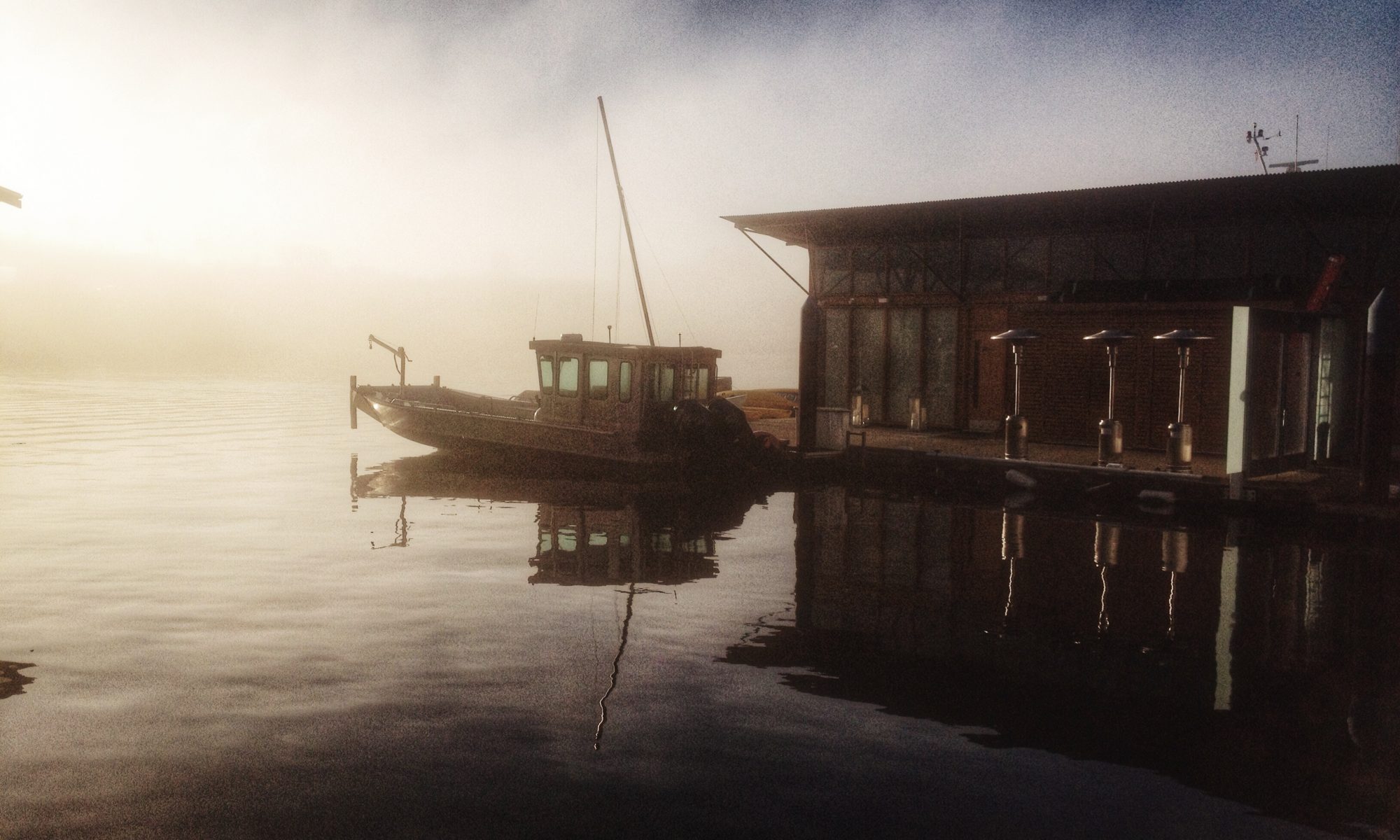Thirty years ago, the Mosaic Browser was released. At the time, I was deep in the BBS- and gopher-land as a teenager. But it was absolutely love at first sight of the web. I think it was my now brother-in-law who first showed it to me. I’m pretty sure I went to the website for the UofT engineering department, where he worked (studied?) – not exactly thrilling stuff. While memory should be treated as an unreliable narrator I can still remember the frisson of seeing it – that sense that everything had just changed forever. I don’t think I have felt similarly about anything – until I used ChatGPT for the first time a few months back.
What seemed immediately obvious to me looking at a website; looking at the source-code behind it was that we had just changed the nature of the game. We had just democratized access to information in an irrevocable way: publishing, advertising, research – all of these things were previously gate by costs, by expertise, by monolithic corporate and government entities. I probably didn’t have those exact words as a teenager, but I understood it, and most of my early professional work reflected this: I built websites for not-for-profits, for activists, for small startups. We all worked fast, we made mistakes fast, we changed things quickly. We put our interests online in the public, we helped our friends do this too. If we couldn’t match the slick professionalism of traditional media, we would simply run laps around them by pace of iteration; and we did. The web in some ways is a repeated case of of a small early influencer changing the course of giants – and endless set of peas-in-mattresses disrupting the bigger things around it.
And, of course, we lost our innocence. As the web matured, and spread it inevitably changed, and with money, it centralized and stagnated. There’s more websites, there’s more internet than ever and it somehow feels more homogenous than ever, dominated by a few players. Kind of like what the world felt like in the mid-90s. [cue: old-man-yells-at-cloud]
My first conversation with ChatGPT was similarly mundane: I asked it to create some dialogue for a villain in a D&D campaign scenario. But the outcome was similar – that deep sense that everything had just changed – again. The pace of iteration likewise feels similar (although it is clearly faster), and it leads me to my main theory here: We have just democratized access to development in an irrevocable way: learning, building, advertising, writing, research – all of these are currently gated by costs, by expertise, by monolithic corporate entities. At the beginning of 2023 starting a company has simultaneously never been easier and never been more out of reach for most: all of our economic models reward hyper-scale and hyper-centralization. We have a few monoliths lumbering around and proactively destroying competition by buying them and as often as not – shuttering them. This is why the internet feels so banal, homogeneous these days.
Concurrently with the arrival of game-changing technology, we’ve seen the cracks of the early-21st century economic model of Technocratic robber-barons leveraging cheap, plentiful capital to just buy moats with cash. Higher interest rates, repeated self-destruction by founders, the pandemic completely shaking up work models all present opportunity to rethink how we work, how we build.
So here’s my naïve, idealistic take: with generative AI tools, the cost to build has plummeted – you no longer personally need deep technical, design, content skills to create something. On top of that, current financial constraints mean that there’s actually a disincentive to scale first. In several current oligopolies we are seeing small players carve out niches in the shadows of lumbering giants – local rideshare & deliver services; fediverse social media; localized ghost-kitchen companies; niche search engines; etc. Our AI-agent tools are simultaneously revolutionary and shockingly basic. And this – likely temporary – state means while we can build small (simple) things blazingly fast right now, larger – more complex – things are harder and slower.
So let’s build things – tiny, single-serving, single-purpose things; niche products where generative AI have flattened the landscape. There’s a marketplace ready for the taking where your economics at small scale are better than those at large scale. If you’re at all entrepreneurial, or dissatisfied with how something works for you – try solving it! browsing the Midjourney community showcase reminds me so much of early GeoCities and LiveJournal – just an explosion of creativity.
The early web was full of bad ideas, failed experiments, small-scale and large-scale work all jostling together, and we need that again. We’ve got 30 years of internet diversity, privacy and security knowledge to make all this better, safer, more inclusive, but – it is OK to make mistakes and be wrong and small scale! Do it over and over again!
And for those thinking bigger: the early web in some ways was grown by monetizing various unix commands and turning them into mass-consumable actions; my hypothesis is that there’s a similar opportunity now via generative AI, but it is less about technical actions than it is about social action. Monte Cook’s Cypher System is a table-top system that introduces characters as “I am a [descriptor] [type] who [focus]” – Adjective, noun, verb – which is remarkably similar to AI-prompt. Apps that can do that for people, repeatably and predictably are going to supercharge huge amounts of labour:
- I am a friendly writer who produces alt text.
- I am a serious accountant who checks your math
- I am a dedicated animator who recreates your idea in 3d.
- I am a conscientious assistant who manages your inventory in Shopify
Put a few of those commands in a box to generate business-in-a-box tools; and the cost/effort to do things gets ever-lower for everyone.








